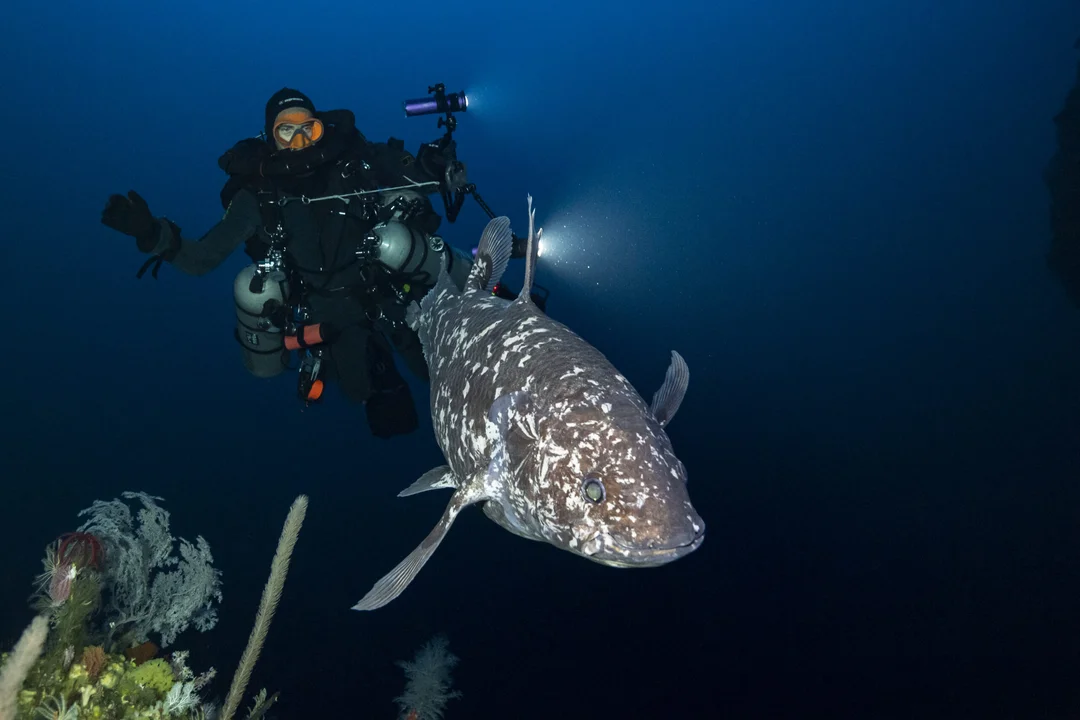
Astonishing Discovery: Living Coelacanth Found in Indonesia’s Maluku Archipelago
In a groundbreaking achievement for marine biology and conservation, the elusive coelacanth, often referred to as the "dinosaur fish," has been rediscovered in Indonesia's Maluku Archipelago. This remarkable species, known scientifically as Latimeria menadoensis, was presumed lost to extinction for 70 million years until its initial discovery in 1938. Now, footage captured by Alexis Chappuis and his team from UNSEEN Expeditions documents this living fossil in its natural habitat, reaffirming the importance of deep-sea exploration and conservation efforts.

The coelacanth is a deep-sea fish with a pedigree that dates back over 400 million years. Previously thought extinct, it was rediscovered in South Africa in 1938, marking one of the most significant paleontological moments of the 20th century. Although known from fossils and previous findings, this emblematic fish had never before been digitally documented in the Maluku region, making this recent expedition a monumental leap in understanding its distribution.
On a chilly morning dive in October 2024, Chappuis and his team reached depths exceeding 150 meters where they spotted the coelacanth hovering over a volcanic rock. The preliminary role that the coelacanth plays in its ecosystem, along with its unique adaptations to deep-sea living, highlights its ecological importance. As reported, this particular sighting lasted about five minutes, yielding valuable data and images that confirm the species' presence and behaviors.

The work, supported by Blancpain, emphasizes a crucial shift in marine conservation efforts. As Dr. Gino Valentino Limmon, a researcher at Pattimura University stated, "This discovery highlights the rich biodiversity of North Maluku and underscores the urgency of further exploration and conservation of the mesophotic zone." Additionally, the research underlines the need for confidentiality regarding the exact location of the coelacanth sighting to protect it from anthropogenic threats, including potential unregulated tourism.
This discovery propels questions about the true distribution of coelacanths across the Indonesian archipelago. Could there be more populations waiting to be discovered? As global efforts to understand and protect marine biodiversity intensify, the recent find serves as a clarion call for stronger conservation measures in fragile ecosystems.
As we reflect on the significance of this rediscovery, it is critical to engage in open discussions about marine conservation strategies. How can we protect these ancient species from the increasing threats they face? Please share your thoughts in the comments below.